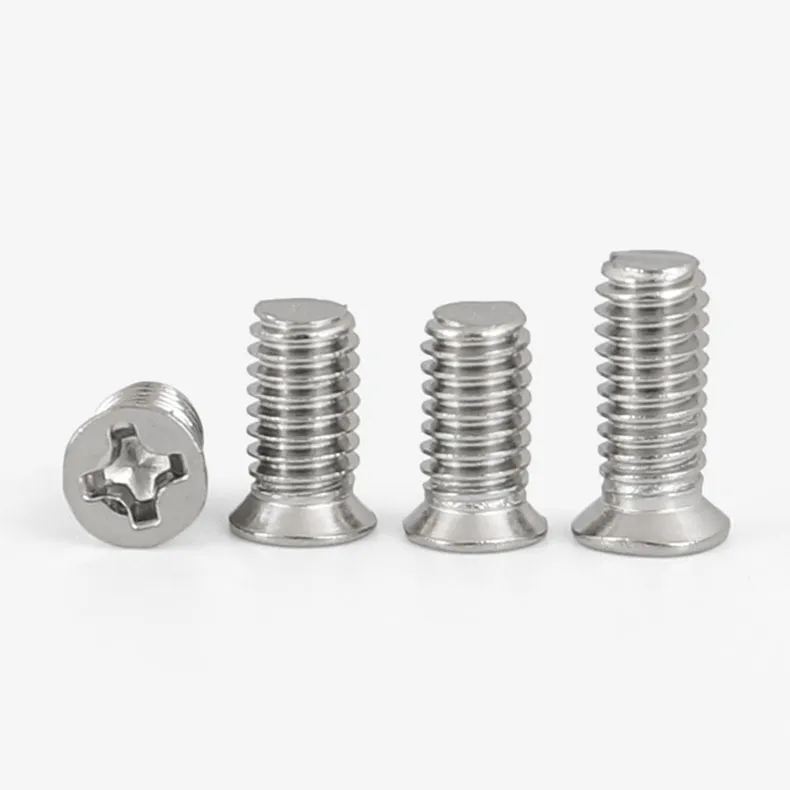

M12 x 1.5 Flange Nut Specifications and Applications for Secure Fastening Solutions
Nov . 26, 2024 08:11 Back to list
M12 x 1.5 Flange Nut Specifications and Applications for Secure Fastening Solutions
Understanding the M12x1.5 Flange Nut A Comprehensive Guide
In the world of hardware and engineering, the M12x1.5 flange nut is a crucial component that plays a significant role in various applications. This article delves into what makes this particular nut unique, its applications, benefits, and how to choose the right one for your needs.
What is an M12x1.5 Flange Nut?
The designation M12x1.5 refers to the metric thread size of the nut. The M indicates that it is a metric size, 12 denotes the nominal diameter in millimeters, and 1.5 refers to the thread pitch, which is the distance between threads measured in millimeters. A flange nut is characterized by a circular flange that acts as an integrated washer, providing increased load distribution and making it ideal for applications where a standard nut may not suffice.
Key Features
1. Design The flange nut's unique design allows it to provide a larger surface area compared to traditional nuts. This helps in spreading the load more evenly, preventing damage to the material it is being fastened to.
2. Material Options M12x1.5 flange nuts are available in various materials, including stainless steel, carbon steel, and alloy steel. Stainless steel is favored for its corrosion resistance, making it a common choice in outdoor or marine applications.
3. Strength and Durability Typically rated with different grades, these nuts can withstand significant force and are designed for high-stress environments. Choosing the right grade is crucial for safety and longevity in applications.
Applications
M12x1
.5 flange nuts are used across a wide range of industries, including- Automotive Commonly used in vehicle assembly, especially in areas that require a robust connection and can withstand vibrations and impacts. - Construction Essential in securing structural components, machinery, and heavy equipment, ensuring stability and safety. - Manufacturing Widely employed in machinery and equipment, where precision and reliability are paramount.
Benefits
m12 x 1.5 flange nut

1. Improved Load Distribution The flange design helps in distributing the load over a larger surface area, reducing the risk of stripping threads or damaging the base material.
2. Ease of Installation Flange nuts can often be installed without a separate washer, saving time and simplifying the assembly process.
3. Versatility Suitable for various applications, M12x1.5 flange nuts can be used in many scenarios, making them a popular choice for both industrial and DIY projects.
Choosing the Right Flange Nut
When selecting an M12x1.5 flange nut, consider the following factors
- Material Determine the environmental conditions and choose a material that provides adequate strength and corrosion resistance.
- Grade Identify the required strength based on the application. Different grades offer varying tensile strengths and resistance to shear forces.
- Finishing The surface finish can impact performance. Options include plain, zinc-plated, and galvanized, each with specific benefits concerning corrosion.
- Application Environment Always consider if the nut will be exposed to moisture, chemicals, or extreme temperatures, as these factors will greatly affect durability.
Conclusion
The M12x1.5 flange nut is a fundamental component in many sectors, prized for its strength, versatility, and ease of use. By understanding its features, applications, and how to select the right one, you can ensure effective and safe connections in your projects. Ultimately, whether you are involved in automotive, construction, or manufacturing, the reliability of the M12x1.5 flange nut can help enhance the integrity and longevity of your assemblies.
Latest news
-
Hot Dip Galvanized Bolts-About LongZe|High Strength, Corrosion Resistance
NewsJul.30,2025
-
High-Strength Hot Dip Galvanized Bolts - Hebei Longze | Corrosion Resistance, Customization
NewsJul.30,2025
-
Hot Dip Galvanized Bolts-Hebei Longze|Corrosion Resistance&High Strength
NewsJul.30,2025
-
High-Strength Hot-Dip Galvanized Bolts-Hebei Longze|Corrosion Resistance&High Strength
NewsJul.30,2025
-
Hot Dip Galvanized Bolts-Hebei Longze|Corrosion Resistance&High Strength
NewsJul.30,2025
-
Hot Dip Galvanized Bolts - Hebei Longze | Corrosion Resistance, High Strength
NewsJul.30,2025

